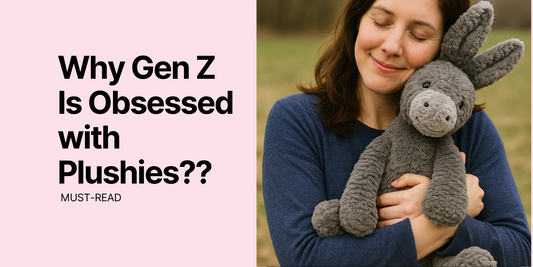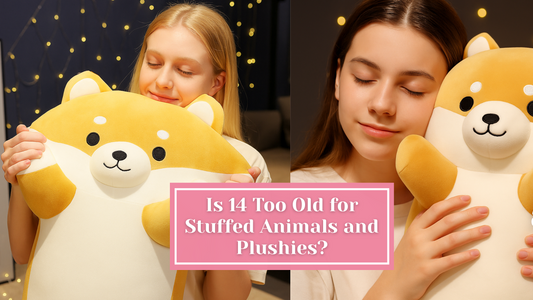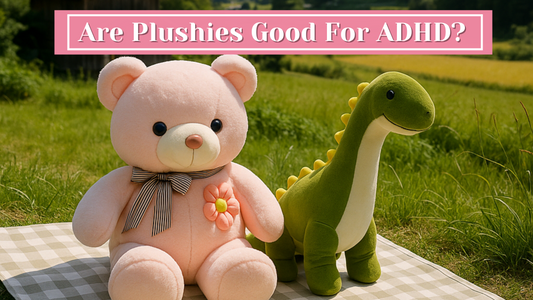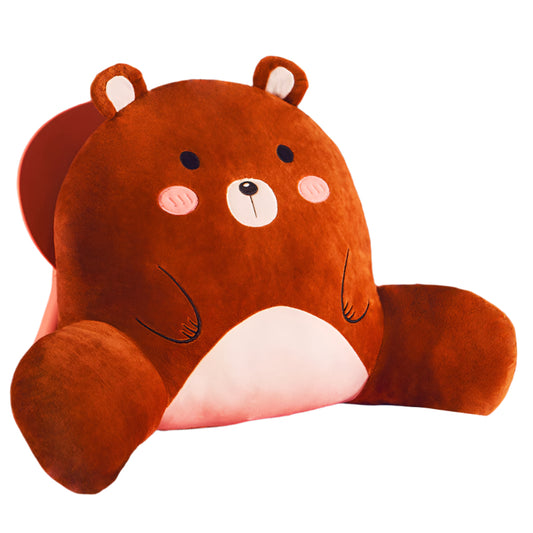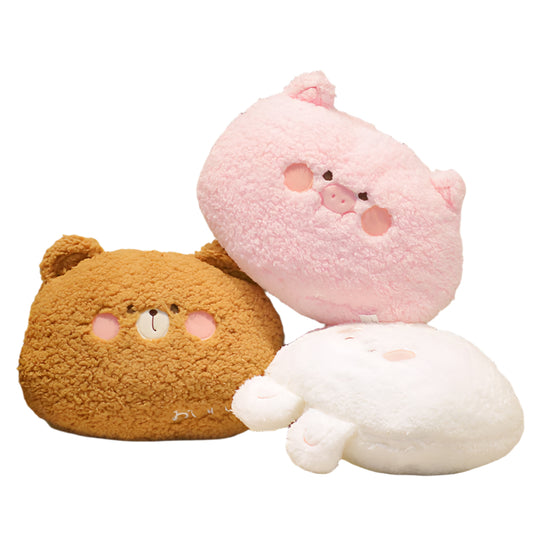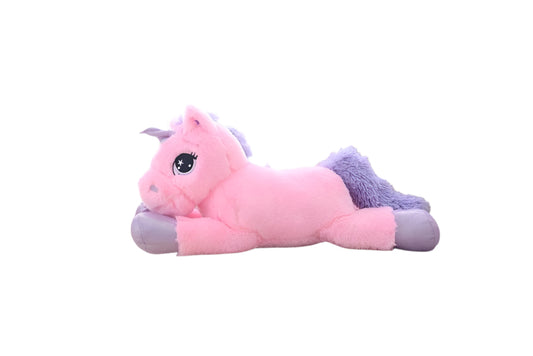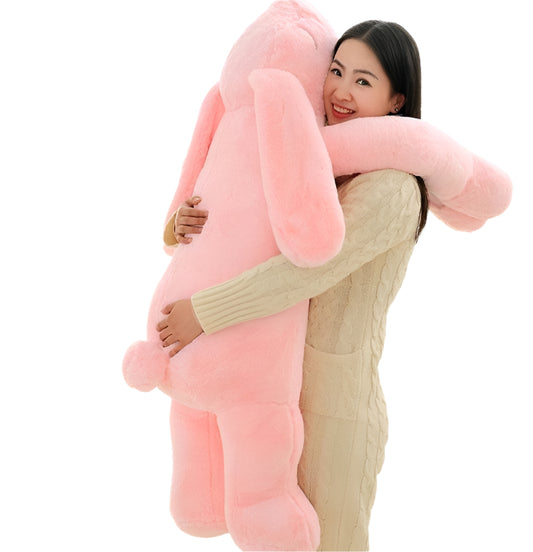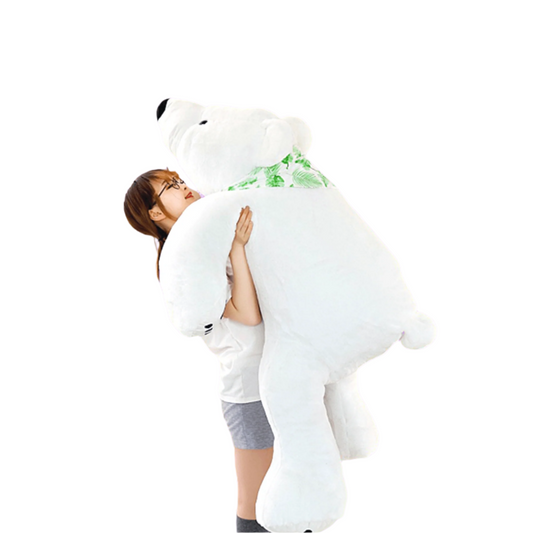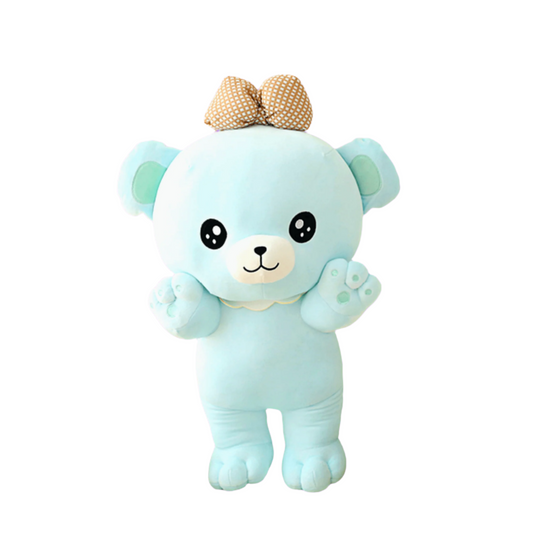Children and their affinity for toys and stuffed animals have long fascinated parents, psychologists, and educators alike. From a young age, kids often develop strong attachments to these inanimate objects. But why is this phenomenon so common? In this article, we'll explore the psychological, emotional, and developmental reasons behind why children become so attached stuffed animals.
The Comfort of Familiarity
1. Creating a Sense of Security
Stuffed animals provide a sense of security to children. They create a familiar environment, which can be especially comforting during times of change or stress. These objects become consistent companions in a world that may seem unpredictable to young minds.
2. Emotional Connections
Children often project their emotions onto toys and stuffed animals, viewing them as friends who understand and share their feelings. This emotional connection helps them navigate complex emotions and develop empathy.
Imagination and Creativity
3. Catalysts for Creativity
Toys and stuffed animals become characters in children's imaginative play. This type of play is essential for developing creativity and problem-solving skills. Kids create stories, scenarios, and adventures, fostering their cognitive development.
4. Safe Exploration
Through toys and stuffed animals, children can explore different situations and roles in a safe environment. This type of play allows them to make sense of the world around them, learn social skills, and develop a deeper understanding of relationships.
Transition Objects
5. Bridging Independence
Toys and stuffed animals often serve as "transition objects" during moments of separation or unfamiliarity. They ease the transition from dependency on parents to a growing sense of independence, providing a bridge between the known and the unknown.
Sensory Comfort
6. Texture and Sensation
The tactile experience of playing with toys and stuffed animals offers sensory comfort. Children are drawn to different textures, which can have a calming effect, especially during moments of anxiety or overstimulation.
7. Visual Appeal
Bright colors and unique designs of toys and stuffed animals captivate a child's attention, stimulating their visual senses and encouraging exploration.
Attachment to Routine
8. Predictability and Routine
Children thrive on routine and predictability. Toys and stuffed animals can become integral parts of daily rituals, offering a sense of stability and comfort as they navigate their day-to-day lives.
9. Bedtime Comfort
Stuffed animals often become cherished bedtime companions, aiding children in winding down and creating a cozy environment conducive to sleep.
The Role of Security
10. Transitional Object Theory
Psychologists suggest that attachment to toys and stuffed animals is connected to the transitional object theory, which posits that these objects serve as a bridge between a child's attachment to their caregivers and their emerging independence.
11. Emotional Regulation
These objects aid in emotional regulation. Children can hug, talk to, or play with them, helping to soothe emotions and self-soothe in times of distress.
Nurturing Instincts
12. Mimicking Caregiving
Children often mimic the caregiving behaviors they experience. They may use toys and stuffed animals to care for and nurture, mimicking the love and care they receive.
Conclusion
In conclusion, children's attachment to toys and stuffed animals is a complex interplay of emotional, psychological, and developmental factors. These objects provide comfort, ignite imagination, facilitate routine, and serve as important tools in a child's emotional and cognitive growth. Understanding this attachment can help parents and caregivers support healthy emotional development in children.
FAQs
Q.1. Is it normal for older children to still be attached to stuffed animals?
A. Yes, it's common for older children to maintain attachments to toys and stuffed animals as a source of comfort and emotional support.
Q.2. Should parents encourage or discourage this attachment?
A. Parents should encourage these attachments, as they play a positive role in emotional development and offer a sense of security.
Q.3. What if my child becomes too dependent on these objects
A. Gradually introducing other coping mechanisms and encouraging social interactions can help reduce dependency over time.
Q.4. How can I introduce new toys without upsetting my child's attachment?
Introduce new toys gradually and involve your child in the selection process. This can make the transition smoother.
5. Is it concerning if my child doesn't form attachments to toys?
Not necessarily. Every child is unique, and some may find comfort and attachment in different ways beyond toys and stuffed animals.


